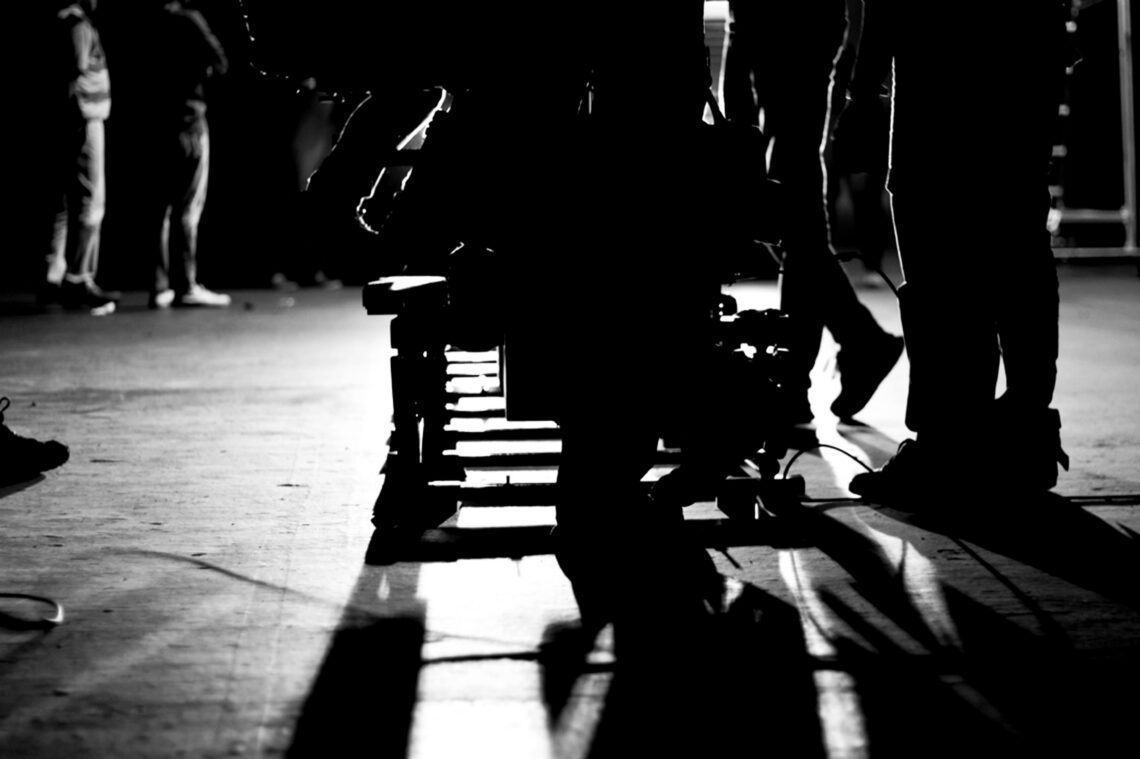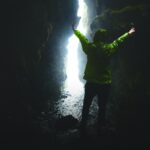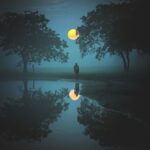For my fifth Free Inquiry post, I am focusing on how the camera and the director track the movement of a character in any given scene. As I progress on my Free Inquiry throughout the semester I believe that it has somewhat moved away from film editing and has become more solidified as shot composition and types of cinematography. This kind of happened naturally as the diversity of different types of shots is much more plentiful than the way in which scenes can be edited. Editing is also much less apparent within a film if it is done right than cinematography and shot composition. So for this post, I will not really be focusing on editing as a focal point but instead shot types and the methods used to get those shots. For this post I will focus on two shot types which center around the movement of characters within a scene and these are the “Dolly Tracking Shots” and the “Boom Tracking Shots”. Each shot type will come with three examples and unlike the previous post they will not be compared and criticized but the shot will be described and the why and the how will be explained.
Dolly Tracking Shots
- Dolly Tacking Shots are a camera movement which allows a cinematographer to follow whatever subject is in frame. Dolly shots are the main way in which a director or a cinematographer tracks character’s movement throughout the scene. In this type of scene the camera is placed onto a dolly or some other moving object and is moved as the character, or subject, moves throughout the scene. A tracking dolly looks like a camera on rails (movie tracking dolly – Bing images) and is designed to follow the character either through a small space or over a very large space. It is used when the director or cinematographer desire a steady shot throughout the scene instead of a hand-held quality. There are seven main purposes of a dolly shot instead of some other type of shot to show character movement, which include: drawing the viewer’s attention, revealing a location, creating depth, character realizations, creating isolation, introduce obstacles, and to produce psychological effects. Dolly shots must be meticulously planned because the director must keep the rails and any other evidence hidden from the audience, which can be seen throughout the examples given. Dolly shots can be done in many ways and dolly tracking shots are just one way in which a dolly can be used by a cinematographer. I have included three examples of dolly tracking shots, including some of my favorites for your enjoyment and so you can gain an understanding of how they look when done in a masterful way. I have also included several links and a video explaining the shot type so you can gain more understanding if you’re inclined.
a. Paths of Glory [1957] by Stanley Kubrick.
b. Baby Driver [2017] by Edgar Wright.
c. Spectre [2015] by Sam Mendes.
d. Resources:
- Dolly Shot – Everything You Need To Know – NFI
- The Dolly Shot: How It Works and Why It’s Powerful (premiumbeat.com)
- (Video) How to Shoot Better Tracking Shots [Examples of #Trackingshots] – YouTube
Boom Tracking Shots
- Boom tracking shots are similar in product as dolly tracking shots as they follow the subject through the scene and allow for a great amount of movement for characters. In a boom tracking shot the camera is attached to a boom or crane and it operated to follow the subject of the scene. A boom shot looks like a camera attached to a giant rig (boom tracking shot in film – Bing images) which is controlled. Boom shots, just like dolly shots can cover a small or large amount of space depending on the desire of the filmmaker. This type of shot is used when the director wishes to move through 3D space with the camera and over objects which would be impossible without raising the camera high in the air. There are several purposes of a boom shot in film, including: establishing location, establishing setting, follow action, and emphasize the emotions of characters. Boom shots must also be extremely planned as timing is such an important aspect of getting the shot to look right and fluid. I have included three examples of boom tracking shots which show the diversity of the shot, including some of my favorites. I have included a link for you to gain more understanding of the shot, as well as a video.
a. Full Metal Jacket [1987] by Stanley Kubrick.
b. Touch of Evil [1958] by Orson Welles.
c. Good Will Hunting [1997] by Gus Van Sant.
d. Resources:





